Researchers seeking to improve the use of radium-223 to target cancer cells investigated how the isotope interacts with two chelators, macropa and DOTA. Experiments and computer-driven models discovered that macropa is the strongest chelator for binding radium identified so far.
Tag: Radioisotopes
Faster, safer target prep
Oak Ridge National Laboratory researchers have developed a method to simplify one step of radioisotope production — and it’s faster and safer.
Sandia scientists help enhance advanced nuclear reactor analysis
Sandia National Laboratories engineers have developed a standardized screening method to determine the most important radioactive isotopes produced by an advanced nuclear reactor in the unlikely event of an incident.
AAAS elects three ORNL scientists as fellows
Three scientists from the Department of Energy’s Oak Ridge National Laboratory have been elected fellows of the American Association for the Advancement of Science, or AAAS.
Enclosing Radiation-Loaded Particles to Better Seek and Destroy Cancer
When medical isotopes are used to treat diseases, they emit large amounts of energy that makes it hard to keep them near the target cells. Researchers are now testing a way to enclose isotopes in tiny pieces of biodegradable material that will keep the isotopes at treatment sites, ensuring that their energy can kill diseased cells with little effect on surrounding cells.
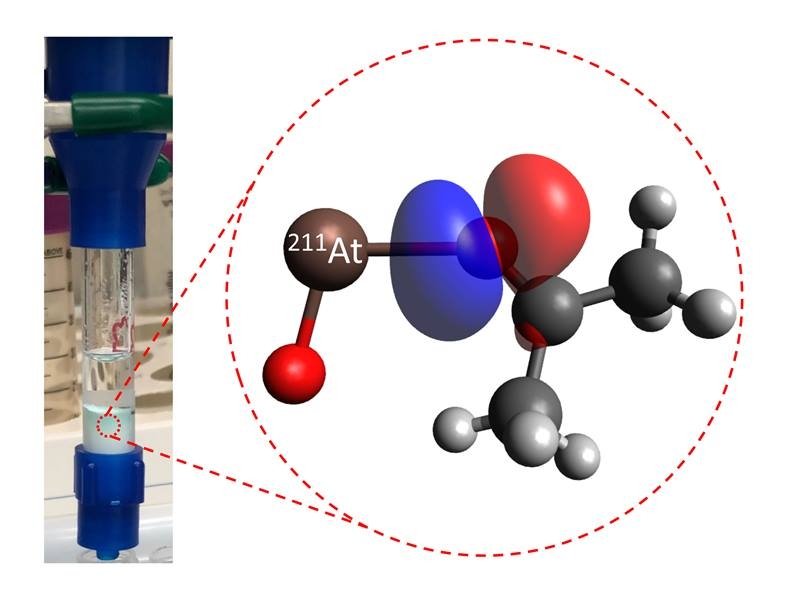
New Elegant Method for Rapid Recovery of Anti-Cancer Agent At-211
One isotope of the extremely rare element Astatine has shown promise in the treatment of malignant brain tumors, ovarian cancer, advanced blood and lymph system cancers. However, because of its short half-life, scientists need a rapid system with high yield to recover the isotope, At-211, for medical use. Scientists have developed a new purification system that results in a high purity, high yield recovery of At-211.
Harnessing the Power of Uranium to Treat Disease
Scientists have developed a new system for producing radioisotopes for cancer therapy. The system uses a simple radionuclide generator to repeatedly separate thorium-226 from its longer-lived parent isotope, uranium-230. The uranium-230/thorium-226 pair has the unique advantage of emitting multiple alpha particles as they decay, delivering more destructive energy to cancer cells.
Department of Energy Announces $4 Million for Isotope R&D
Today, the U.S. Department of Energy (DOE) announced $4 million in funding for 10 awards across 5 efforts to advance R&D for isotope production. This funding is part of a key federal program that produces critical isotopes otherwise unavailable or in short supply for U.S. science, medicine, and industry.
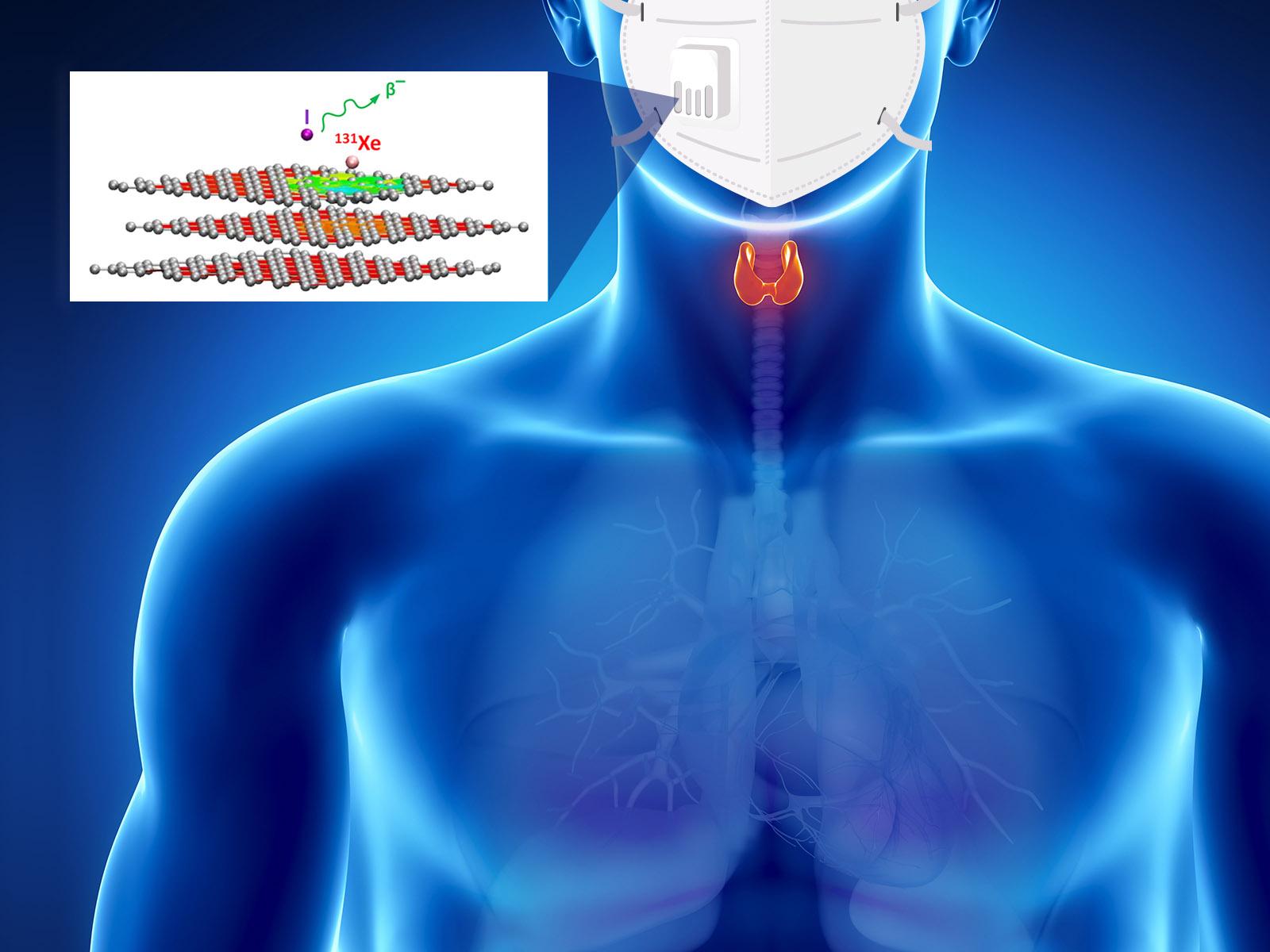
PNNL Researchers Track Radioiodine’s Chemical Evolution
PNNL researchers are examining the volatile radioisotope iodine as it evolves in the atmosphere and as it lands on a filtering surface. A more detailed understanding of the interactions and chemical evolution of radioiodine could help first responders’ decision-making after the release of volatile iodine into the environment, which happened following nuclear power plant accidents in 1986 at Chernobyl and in 2011 at Fukushima.
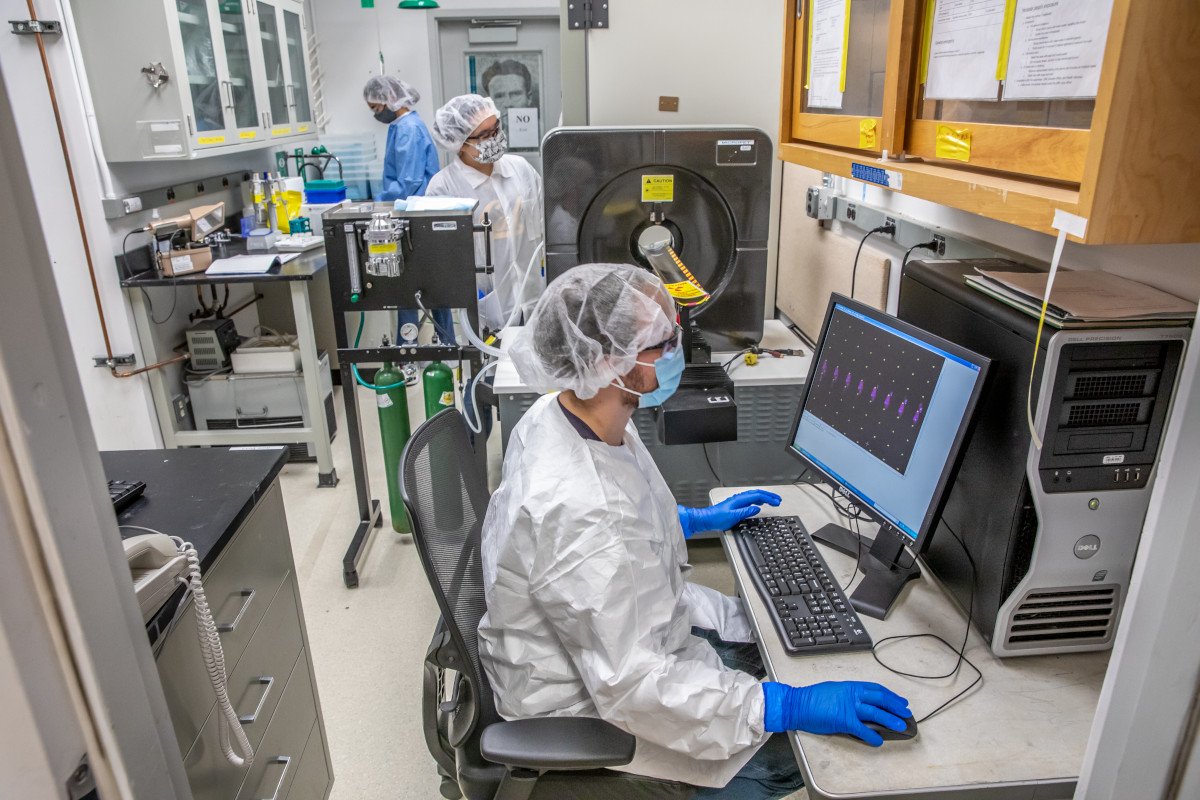
Scientists Recruit New Atomic Heavyweights in Targeted Fight Against Cancer
Researchers from Berkeley Lab and Los Alamos National Laboratory have developed new methods for the large-scale production, purification, and use of the radioisotope cerium-134, which could serve as a PET imaging radiotracer for a highly targeted cancer treatment known as alpha-particle therapy.
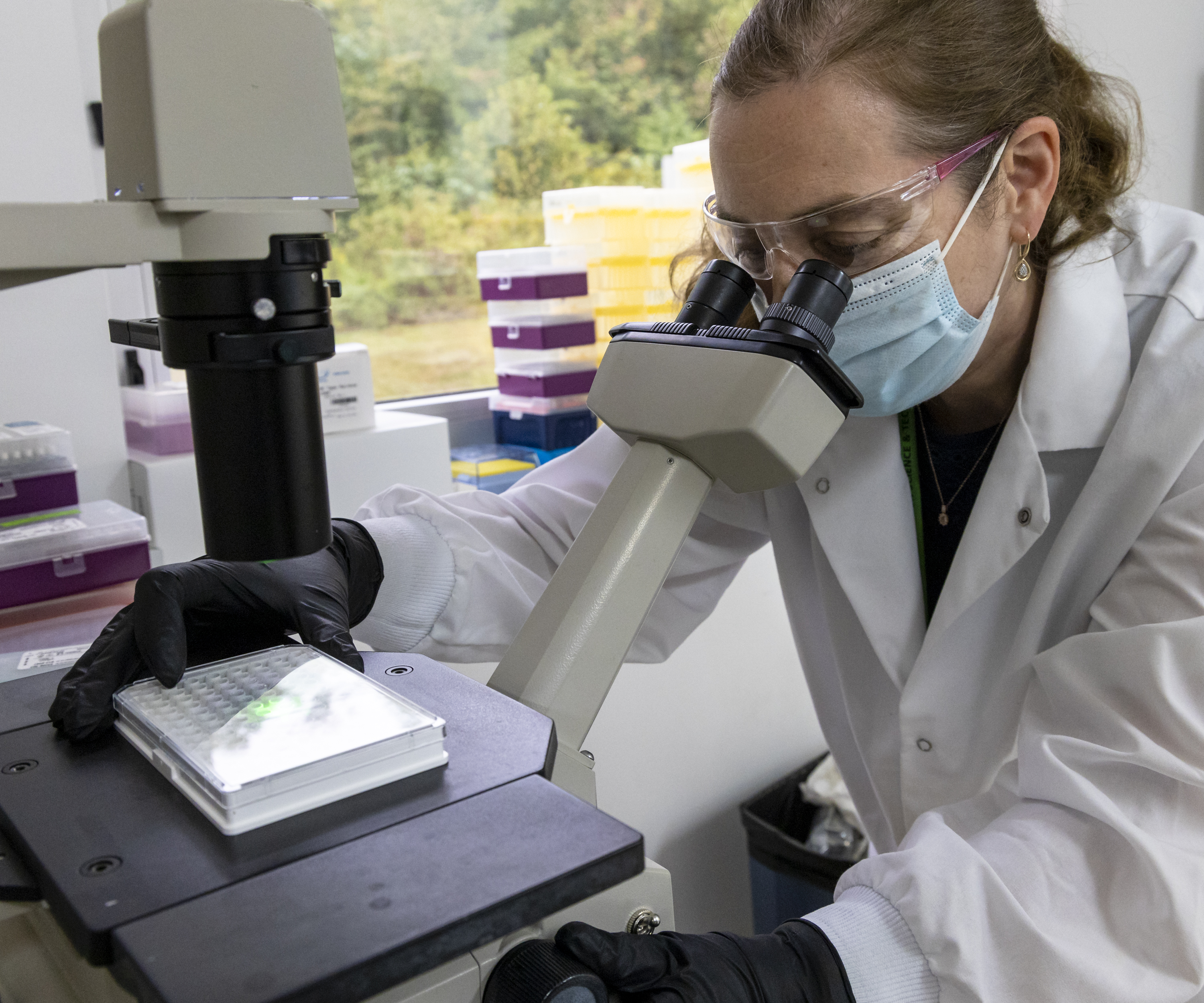
ORNL researcher studies individualized isotopes’ impact by targeting cancer
A radioisotope researcher in the Radioisotope Science and Technology Division at the Department of Energy’s Oak Ridge National Laboratory, Davern is focusing on ways to use nanoparticles — particles 100 nanometers or smaller that can have special properties — to contain those radioisotopes and deliver them directly to cancer cells, where they can decay into different isotopes that irradiate those cells.
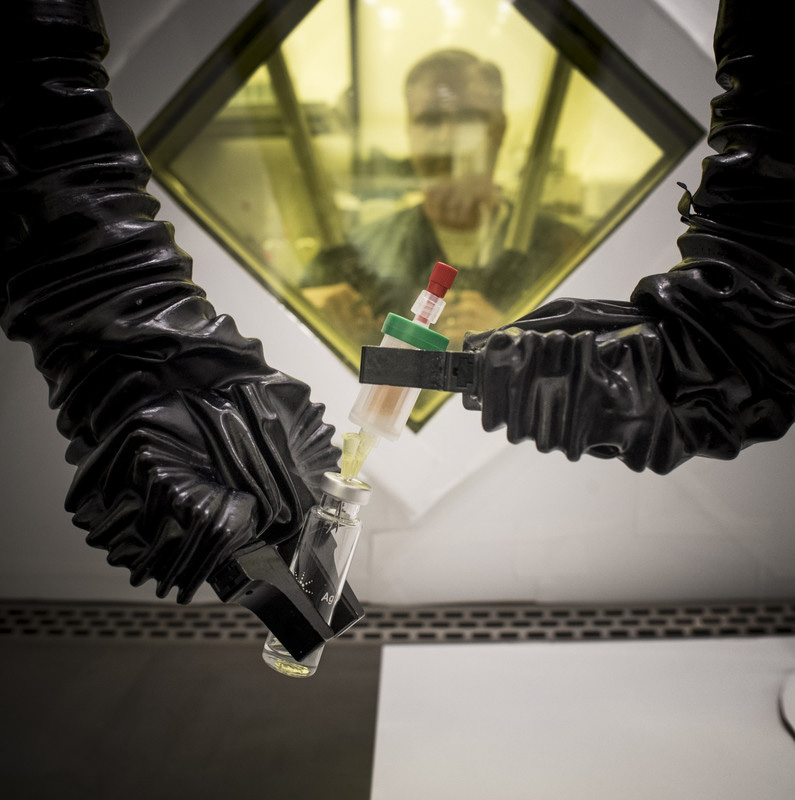
The challenge: Make and purify a medical isotope that must be used the same day
A DOE grant will help solve a production roadblock for the medically useful radioactive isotopes scandium 43 and scandium 47. If available, they could visualize and destroy solid tumors. But with a half-life of 4 hours, scandium 43 must be made, purified and then used in a PET scan in a single day.

Common Clinical Estimates of Kidney Function May Not Accurately Assess Indian Patients
Pilot study finds that considering body composition rather than weight could improve patient management Charlottesville, Va. (June 25, 2019)—A common metric for monitoring kidney health may not accurately represent the kidney function of Indian patients. However, tweaks to an older…